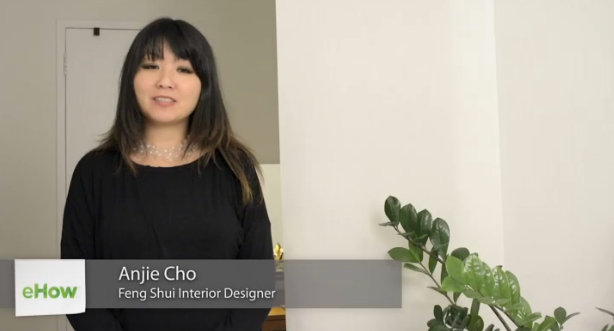Separating personal from public space is important. Use a curtain to facilitate this separation in a studio apartment.
see more eHow.com videos here
Video Transcript:
Hello, I'm Anjie Cho, and today I will share with you some tips to separate an area in a studio apartment by using a curtain.
The most challenging aspect of living in a studio apartment is separating your public active space such as your living, dining, kitchen and work areas from your private passive sleeping area. It's very important to visually and physically separate your sleep and public areas when designing the layout of your studio apartment.
One way you can achieve this is with curtains. In this example I've used a ceiling mounted curtain track. There are also curtain wires that will work but in my experience, depending on how long the span is, the wire will begin to droop with the weight of the curtain and this doesn't look good. The ceiling mounted curtain tracks and rails are rigid and end up looking the cleanest. Regular curtain rods will also work well if you can mount the supports on the ceiling.
Make sure you get the correct types of screws and anchors for the ceiling you have. I have concrete slab ceilings here, so I used a hammering drill and concrete anchors. Be sure to measure out the space you have so the holes are located correctly.
In this application I used a semi opaque fabric so there is visual for that privacy but you still see some light pass through. If sound is an issue, it might be better to use a heavier fabric.
The other advantage of drapes is flexibility. When you need more space you can open it up like this because after all a studio is a small living space.
I'm Anjie Cho, and this is how to separate areas in a studio apartment by using a curtain.






